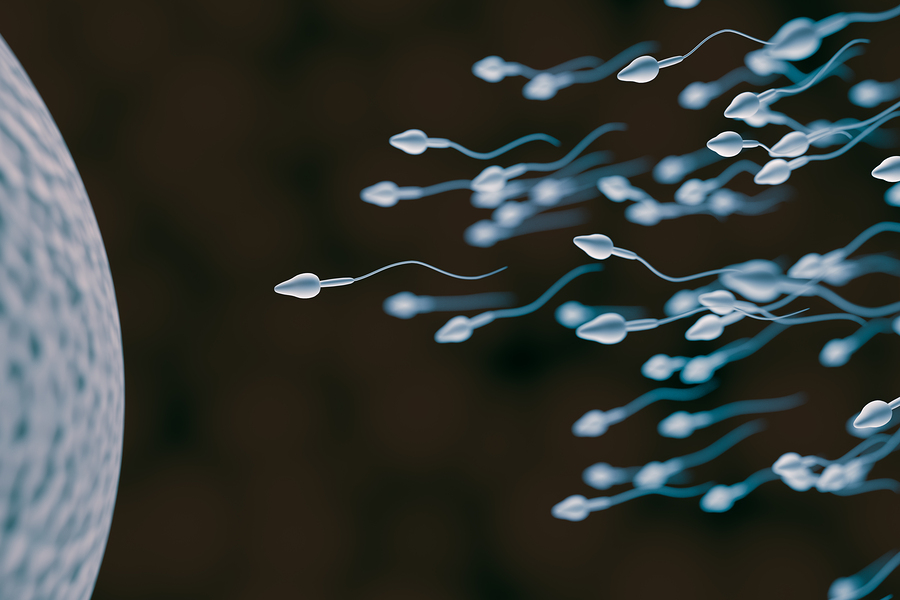According to a new analysis published this week in the journal Human Reproduction Update, sperm counts among men from North America, Europe, Australia, and New Zealand, have dropped drastically in the last 40 years. By about half. 1 And, if sperm counts in men continue to fall at current rates, it could put the human race in serious danger.
RELATED ARTICLE:
These new findings come on the 25th anniversary of the first study, called the Carlsen study. In that meta-analysis of 61 studies worldwide, a team of researchers led by Elisabeth Carlsen, a Danish reproductive biologist, found “a trend toward decreasing sperm count and volume of seminal fluid over a 50-year period ending in 1991.” 2
The current assessment, one of the largest ever undertaken, was led by epidemiologist Dr. Hagai Levine of Hebrew University of Jerusalem. The researchers looked at thousands of studies and then conducted a meta-analysis of 185 studies. “These included 42,935 male participants who provided semen samples between 1973 and 2011. The chosen studies were well distributed over the nearly 40 years of the study period and among 50 different countries. The analysis included information on fertility status, age, ejaculation abstinence time, semen collection method, sperm count method and geographic location at the level of continent.” 3 4 5
What the international team of researchers from Brazil, Denmark, Israel, Spain and the United States found was a “decline in sperm concentration of 1.4% per year with an overall drop of 52.4% during the entire study period for men living in industrialized, Western countries. Meanwhile, total sperm count among the same group plunged 1.6% per year and 59.3% overall. By comparison, the researchers found no significant declines in the sperm counts and sperm concentrations of men living in South America, Asia, and Africa.” 6 7
RELATED ARTICLE:
Dr. Levine, from the Hebrew University of Jerusalem, said about the findings:
“If we will not change the ways that we are living and the environment and the chemicals that we are exposed to, I am very worried about what will happen in the future. Eventually, we may have a problem, and with reproduction in general, and it may be the extinction of the human species.”
(The story begins around the 3:47 minute mark.)
Skeptics have called previous studies that indicated similar sharp declines in sperm counts flawed due to the relatively small number of men, type of men included (one study only included men who attended fertility clinics), or because early methods of counting sperm may have overestimated the true count. However, researchers say they were able to account for some of those deficiencies and that has left some previous doubters, less skeptical.
RELATED ARTICLE:
While there isn’t clear evidence for just why the decrease is happening, it has been linked to exposure to chemicals used in pesticides and plastics, obesity, smoking, stress, diet, and even watching too much TV.
Senior researcher, Shanna Swan said,
“The story has not changed over the past 25 years. Whatever is going on, it’s not transient and it’s not disappearing. When we look at the data for the last five or 10 years, we don’t see a leveling off of this decline. We are worried about these low sperm counts not only because people have trouble conceiving, but also because men with low sperm counts go on to have higher all-cause mortality.
Studies have shown they die younger and they have more disease, particularly cardiovascular disease and cancer. It really makes the implications of our study much greater. We’re not talking about making babies. We’re also talking about survival and health.
Research has found that when a mother smokes, her son has a lower sperm count, regardless of his own smoking. That says what a man is exposed to when he’s in utero is important. The mother’s exposure will cause a change that stays with the man his entire life.”8












